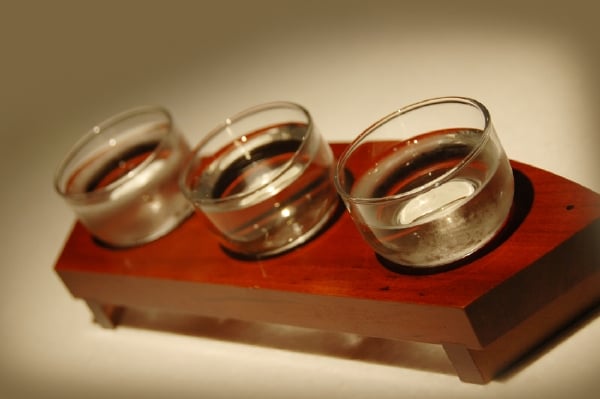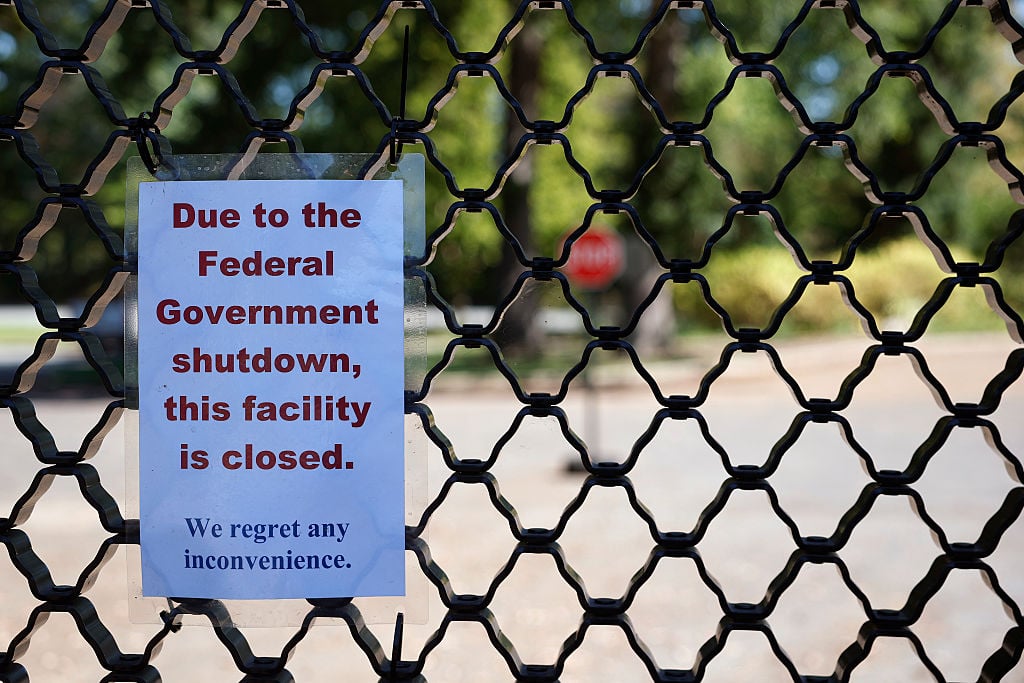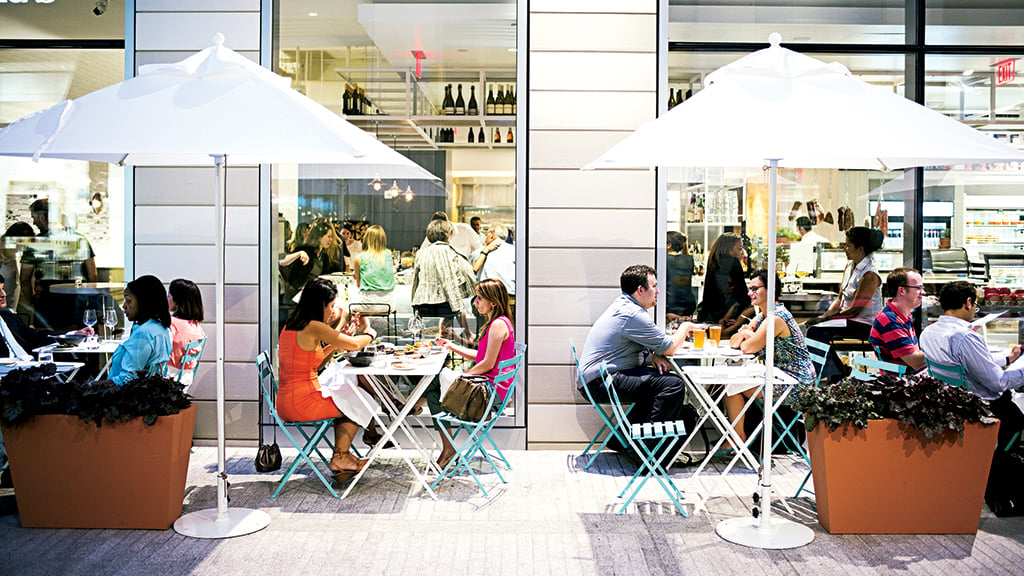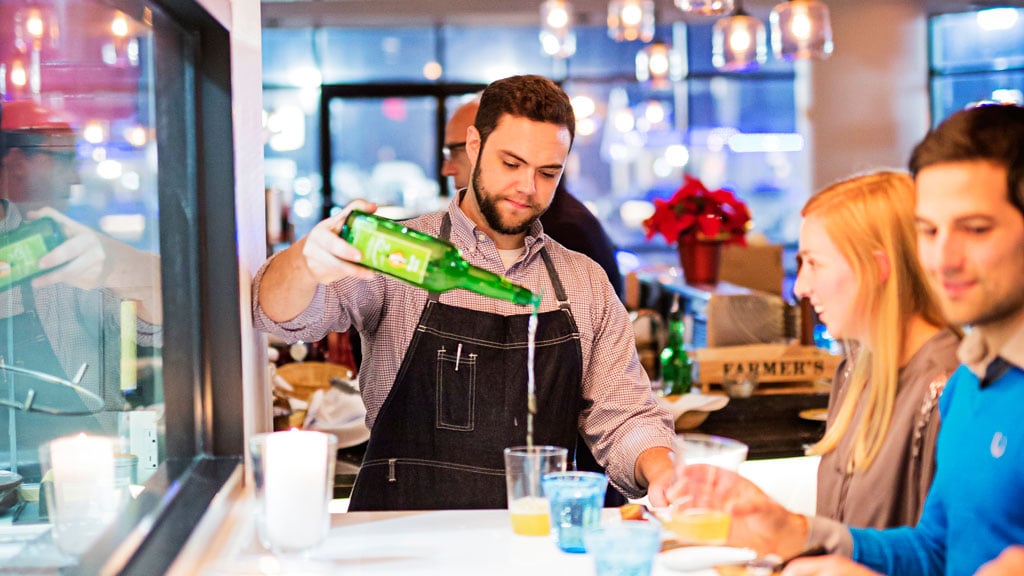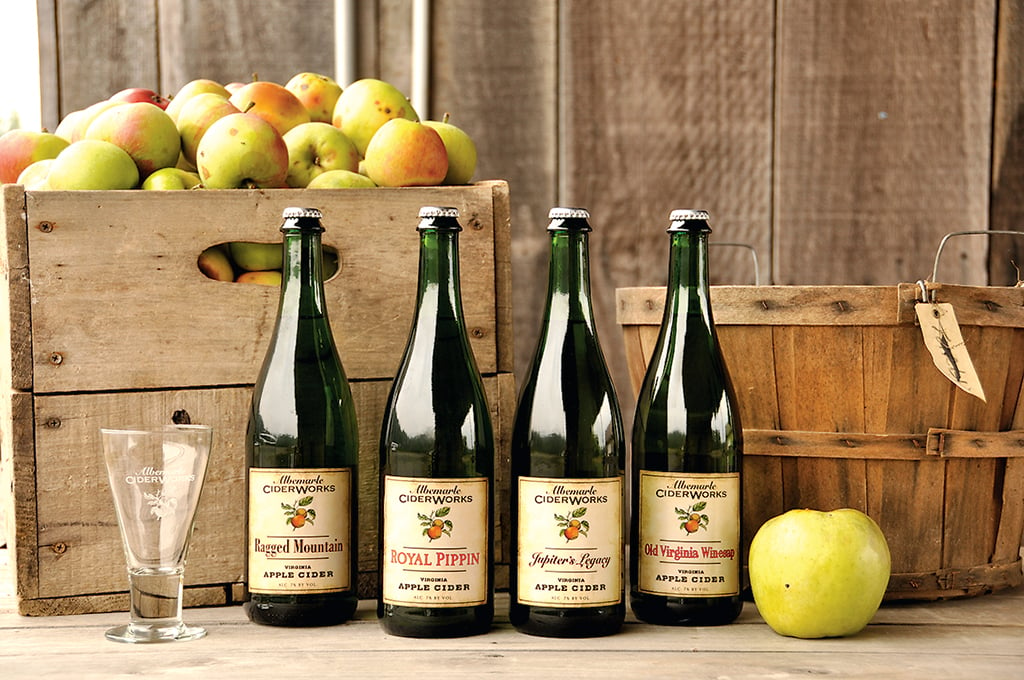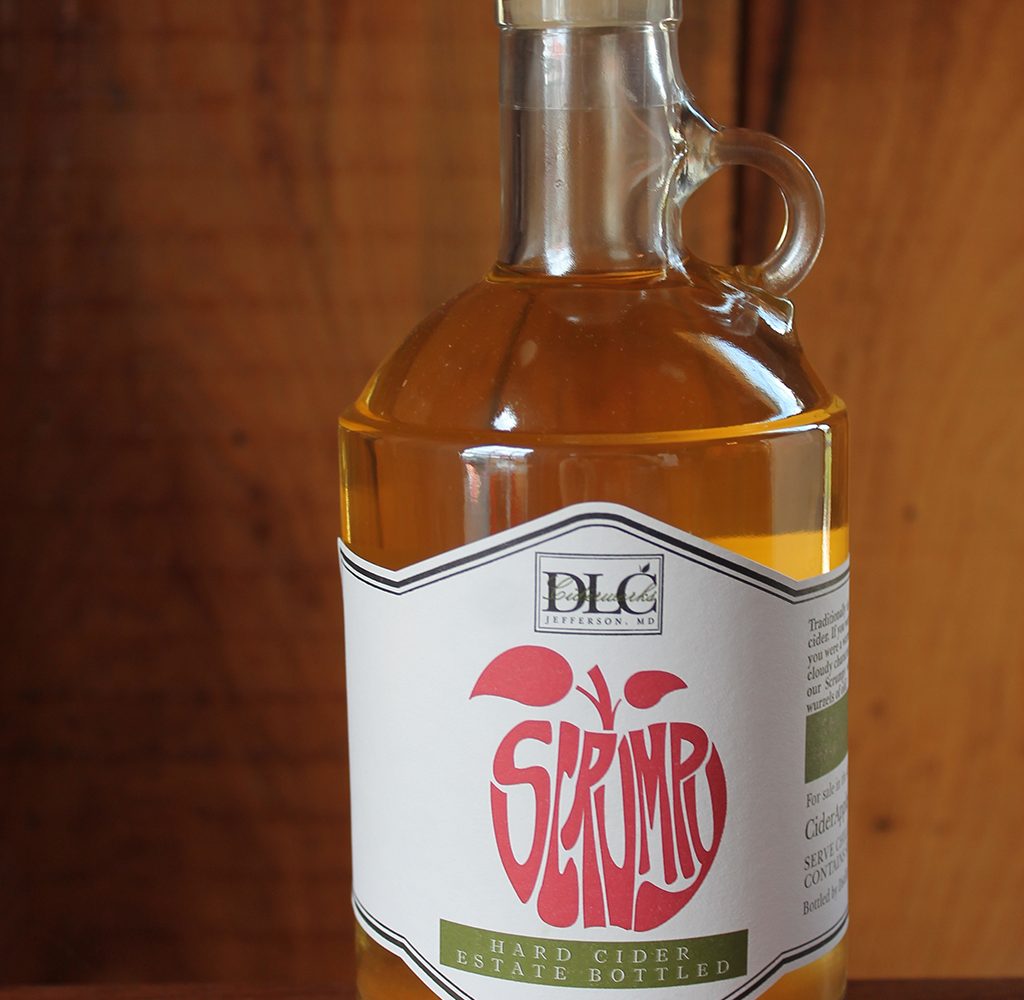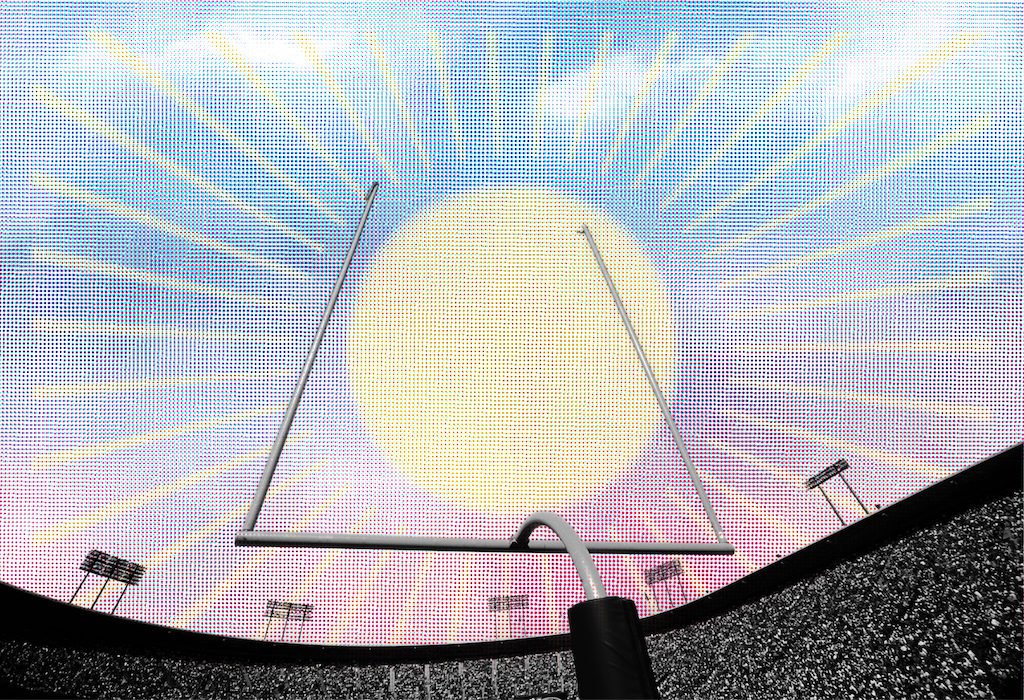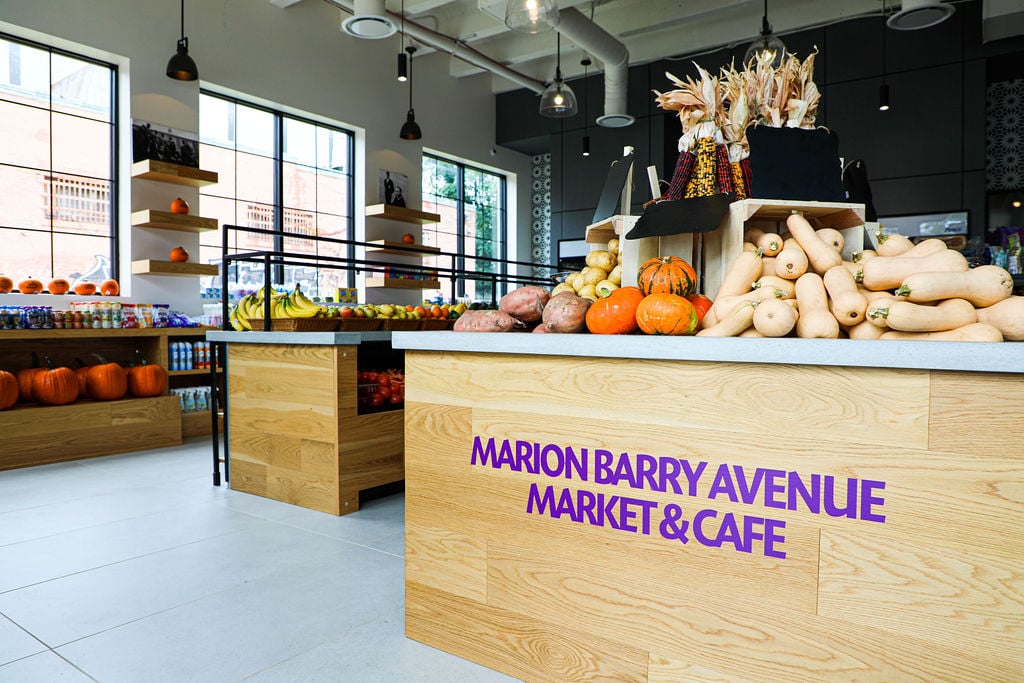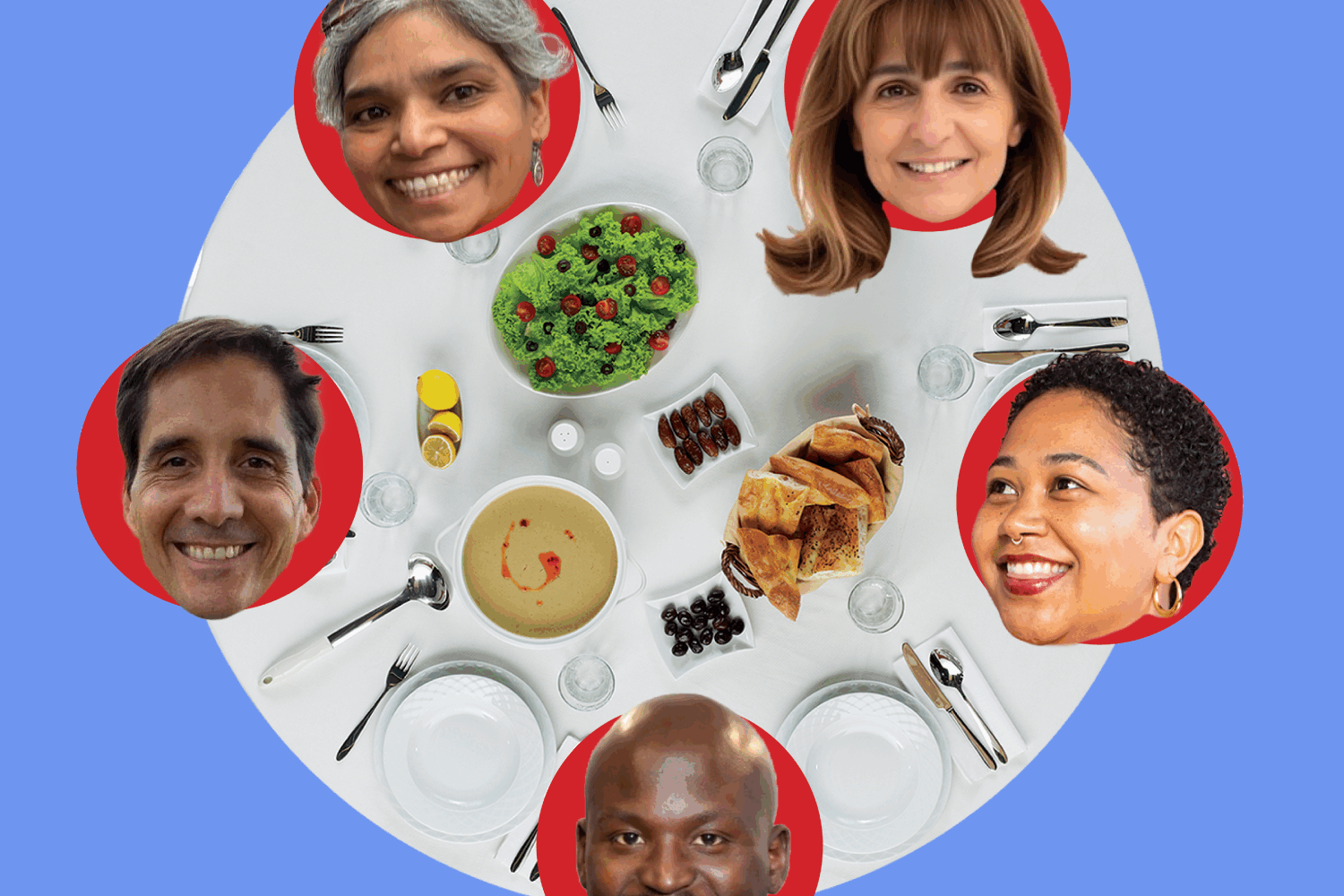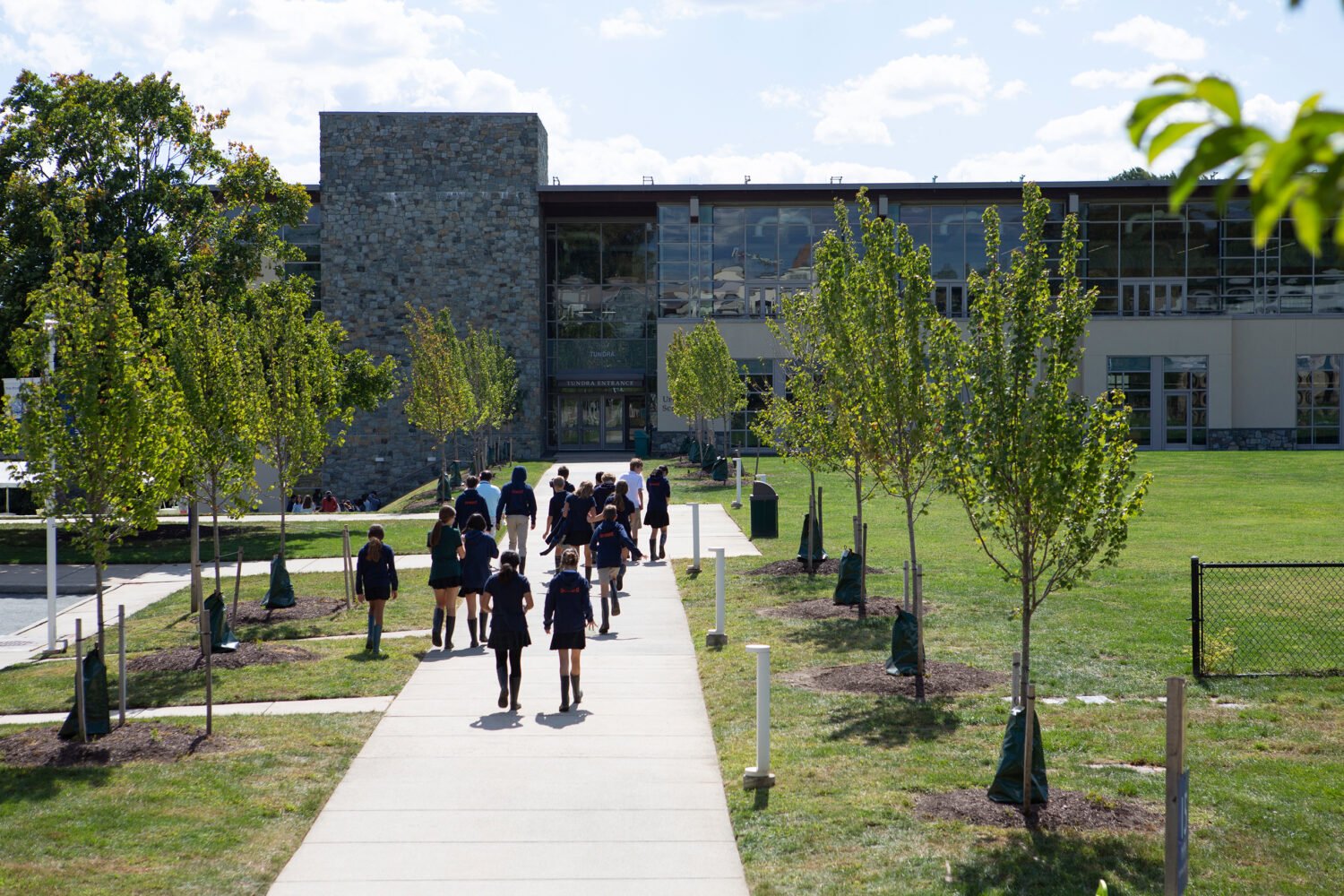
Picnic Under the Blossoms
Cherry Blossom Cocktails
Cherry Blossoms at Restaurants
> >See our full Guide to the Cherry Blossoms
Asia Nine
This pan-Asian dining room, which seats guests for lunch, dinner, late night, and weekend brunch, serves hot, cold, and sparkling sake. There are also dessert varieties available. During the Cherry Blossom Festival, be sure to try the specialty concoction: cherry-infused sake. Prices range from $4 to $10 for a glass, and $14 to $169 for a bottle.
Cafe Japone
This seven-days-a-week karoke bar/lounge/restaurant attracts a rowdy weekend crowd; karoke gets them into the place, but the sake bombs—a sake-beer combo—keep them there. Karoke starts at 9:30, and although there’s no cover, there’s a $10 minimum per person on weekdays and $15 on weekends.
Kaz Sushi Bistro
Not far from the Tidal Basin, ground zero for cherry blossoms, is this Foggy Bottom sushi spot, which packs a generous sake list. Bottles range from $15 to $120 and are categorized by terms such as “fragrant” or “light and smooth” for neophytes; look to the menu’s right panel for longer descriptions of each category. Six-ounce sake pitchers can be had for $7 to $9, or you can order tastings of three types of sake for $9 or $12. Sake cocktails include martini-inspired concoctions such as the Plum Wine Sake-Tini and the Cosmo Sake-Tini (both $7).
Oya
Twenty sake labels make the cut on Oya’s robust wine list. The Penn Quarter dining room takes the rice drink seriously: A note on the menu explains that sake varieties—honjozo/junmai, ginjo, and dai-ginjo—are determined by how much of the rice grain is polished away before brewing. Honjozo/junmai is the lowest grade, being 30 percent polished, and dai-ginjo, at more than 50 percent polished, is best. Oya’s sake comes in 6-to-24-ounce servings.
Sei
This sleek Penn Quarter sushi spot is stocked with more than 50 sake labels along with 20 other Japanese spirits. The sake is organized by flavor profile–categories run the gamut from "fragrant" to "light and smooth"—and you can get it by the glass or bottle.
The Source
Wolfgang Puck’s restaurant in the Newseum boasts a wine list with five types of sake. You can also sample it by the glass or try one of the specialty cocktails, such as the sake-based Asian Pear Drop ($12).
Sushi Damo
Rockville’s Sushi Damo has one hot and ten flavored sakes on the menu. You can't get them by the glass, but larger portions (carafes and bottles) range from $7 to $195.
Sushi-Ko (Glover Park and Chevy Chase)
The Glover Park restaurant has ten sake varieties, while the Chevy Chase branch carries eight. The drink is served by the glass or bottle (prices range from $8 to $32), but the customer favorite is Japon, a sparkling sake similar to Champagne; the 300-milliliter bottle goes for $25. For $9, the most interesting sake cocktail on the menu is the Sake-jito, a mojito-inspired concoction that uses the herb shiso instead of mint and substitutes yuzu, a Japanese fruit, for citrus.
Tako Grill
This restaurant’s Web site offers a history and etiquette lesson on the finer points of sake—er, we should say, “o-sake,” pronounced “with the honorific prefix used to show respect to one’s superiors,” according to the site. The place carries 40 different kinds of sake and sells them by the bottle, glass, and carafe. Bottles run $10.50 to $78, glasses $3 to $7.50, and carafes $4.50 to $23.
Woo Lae Oak
This Korean-tapas spot in the Tysons Corner area serves ten cold-sake varieties by the glass plus carafes of hot sake, a drink traditionally enjoyed by the Japanese during cold winter months. Also on the menu is soju, Korea’s answer to sake. Like its Japanese counterpart, soju is traditionally distilled from rice, but the taste is like a sweet vodka.
Zengo
The Latin-Asian influences of this Penn Quarter dining room converge at the bar in sake sangría ($9). The drink is made with red wine, sake, brandy Asian pears, and Fuji apples. For something a bit more straightforward, the bar also sells ten varieties by the glass ($7 to $12) and nearly two dozen by the bottle.
Zentan
This Pan-Asian restaurant in Thomas Circle has 12 different types of sake—five by the glass ($6 to $12) and seven by the bottle ($28 to $88). Their Wandering Poet, a junmai ginjo variety, is a popular banana-and-honeydew mix, which you can get by the glass for $8. For bottles, the lime, mint, white pepper, and jasmine Shrine of the Village junmai ginjo is $88 for 720 ml.
>> See our full Guide to the Cherry Blossoms

